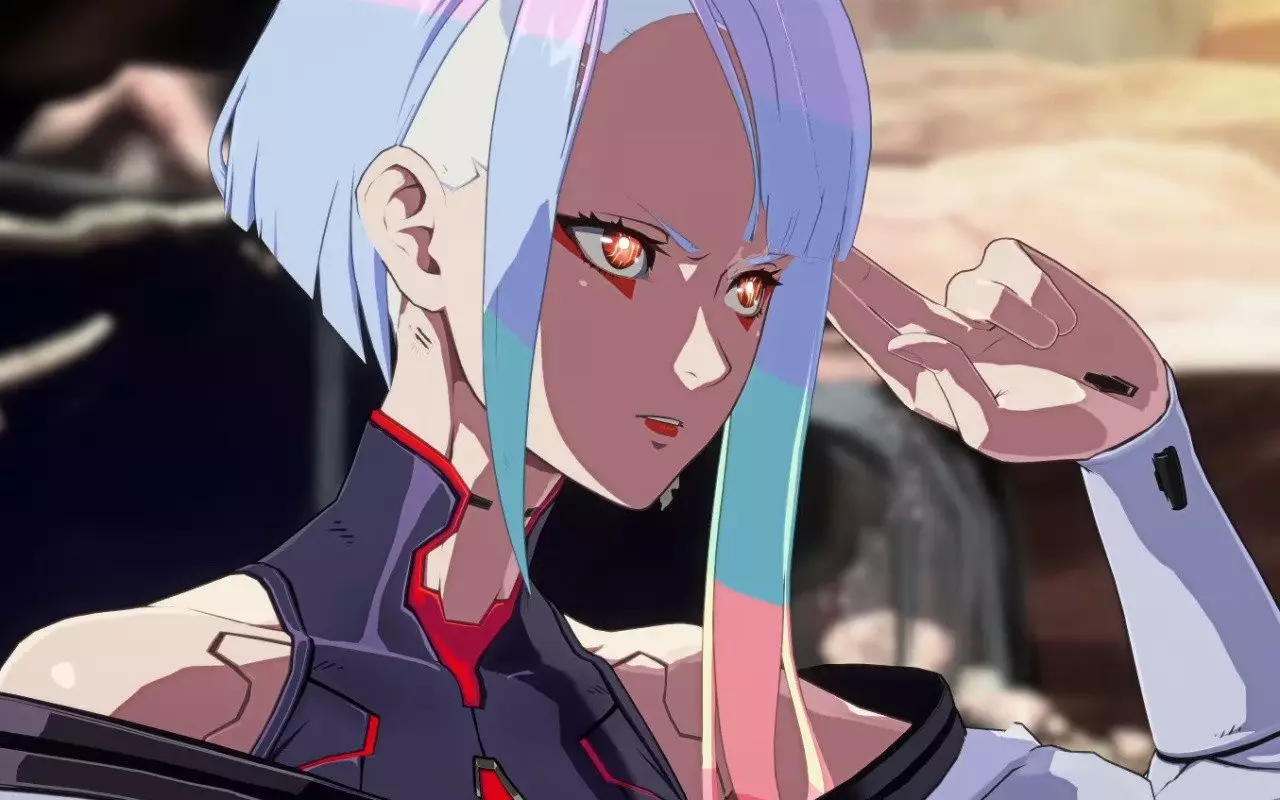Guilty Gear Strive’s persistent development journey exemplifies how dedicated creators can transform a game into a dynamic, community-driven phenomenon. Despite initial setbacks—particularly concerning its Nintendo Switch port—the developers at Arc System Works have demonstrated resilience and strategic planning. The most recent updates not only bring new characters but also showcase an unwavering commitment to parity across platforms, which is essential in today’s multi-device gaming landscape. This evolution underscores a broader industry trend: games must be adaptable, continuously refined, and responsive to player feedback to sustain relevance and excitement.
Importantly, the decision to synchronize the Switch version with other platforms signifies a strategic push toward inclusivity. It signals faith in the game’s core appeal, urging fans on Nintendo to stick around for the long haul rather than abandon ship due to early frustrations. By gradually rolling out content—such as the latest DLC characters and stages—the developers are effectively curating an experience where every platform can share in the same excitement and content pace, fostering a more unified community.
Character Additions Signal Modern Gaming’s Narrative Depth
The impending addition of Lucy, Queen Dizzy, Venom, and Unika to Guilty Gear Strive isn’t just about expanding rosters; it’s a reflection of evolving storytelling within fighting games. Lucy’s inclusion, inspired by the Cyberpunk: Edgerunner universe, hints at a deeper narrative integration that may attract fans from other media, bridging the worlds of anime and gaming seamlessly. Such cross-media collaborations are becoming a staple in the industry, serving as a catalyst to draw new audiences while invigorating veteran players.
Furthermore, these new characters significantly alter gameplay dynamics. Each fighter brings unique mechanics and personalities that challenge players to rethink strategies, thus prolonging the game’s lifespan. This is especially vital in competitive fighting games, where innovation keeps the scene vibrant. For the Switch edition, this infusion of fresh content is not only a welcome addition but a bold statement about the game’s evolving depth—asserting that even on hybrid consoles, Guilty Gear Strive is not content to rest on its laurels.
Addressing Challenges with Strategic Persistence
The long-awaited update for the Switch version exemplifies resilient development amid technical hurdles. Porting complex, high-fidelity fighters like Guilty Gear Strive to Nintendo’s hardware—originally designed for portability rather than intensive gaming—poses significant challenges. Optimizing graphics, reducing load times, and maintaining gameplay balance are not trivial tasks, demanding substantial resources and patience from the development team.
Yet, Arc System Works’ transparency and steady communication demonstrate a mature understanding of their community’s expectations. The promise of future balance adjustments, text fixes, and online improvements reflects a recognition that quality is iterative. Their methodical approach underscores a core truth: sustained support and iterative development are crucial for transforming a good game into a great one, especially on platforms where technical constraints are more pronounced. The willingness to invest in this process elevates the game’s reputation and signals a respect for player experience over quick profits.
Guilty Gear Strive’s ongoing evolution epitomizes the resilient spirit of modern fighting games. Its expansions, technical refinements, and cross-platform commitments foster a richer community experience, ensuring the game remains relevant long after its initial release. Far from a simple port, the Switch edition is emerging as a symbol of perseverance and strategic growth—traits that will undoubtedly shape its legacy in competitive gaming.

